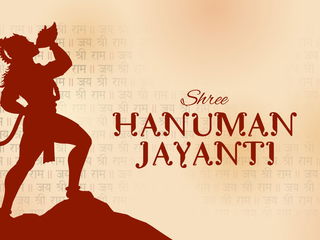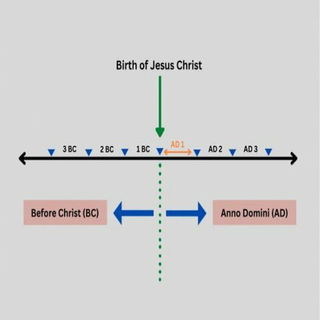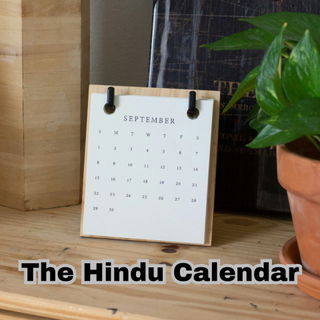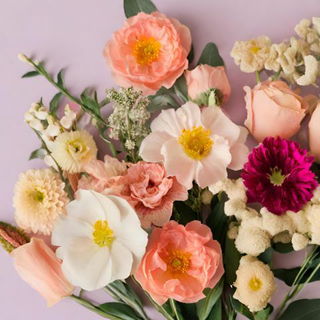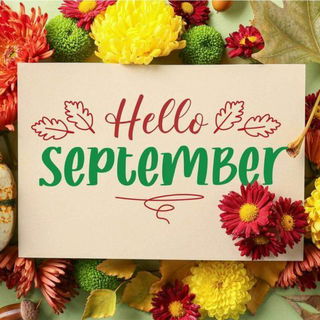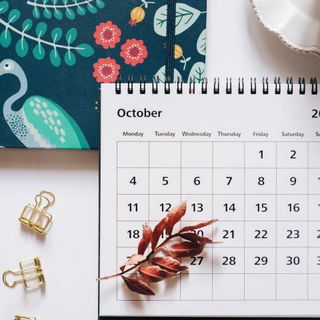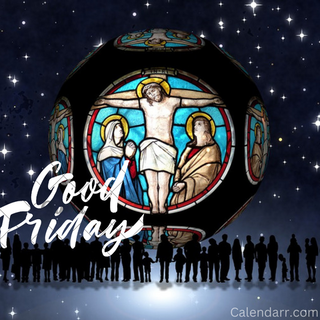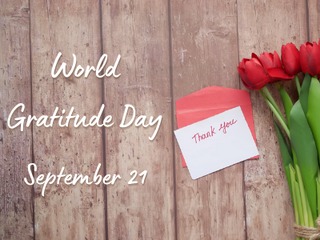- Calendar
- Calendar 2025
- September
- Holiday Navratri
Navratri
Holiday
Navratri, also known as Shardiya Navratri 2024 will start on Thursday, October 3 and continue up to Saturday, October 12 this year. The word Navratri is derived from two words- nava and ratri meaning nine and nights respectively.
During these nine days, nine forms or avatars of Maa Durga are worshipped - Maa Shailputri, Maa Brahmacharini, Maa Chandraghanta, Goddess Kushmanda, Maa Skandamata, Maa Katyayani, Maa Kalratri, Maa Mahagauri and Maa Siddhidatri.
Navratri is not a public holiday in India. It is a regional holiday in several parts.
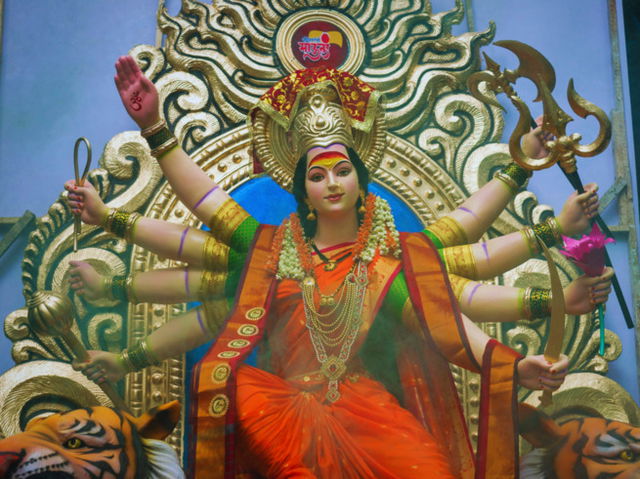
There are 4 Navratris in a year- Sharada Navratri, Chaitra Navratri, Magha Navratri and Ashadha Navratri.
The 9 Days of Navratri
Pratipada (October 3)
Pratipada or the first day of Navaratri will take place on October 3. On this day, Maa Shailputri is worshipped. Maa Shailputri is one of the nine forms of Maa Durga who is the daughter of the King of Mountains or King Parvat Raj Himalaya.
Her vaahan is an Indian ox. Maa Shailputri, worshipped on Navratri's first day, symbolizes creation, stability, strength, and prosperity, embodying the divine feminine energy for new beginnings.
Dwitiya (October 4)
On Dwitiya or the second day of Navratri, Maa Brahmacharini is worshipped. According to Hindu scriptures, she survived only on fruits, vegetables and flowers for 1000 years to get Lord Shiva as her husband. This is why she was given the name Brahmacharini and Tapascharini.
Worshipping Maa Brahmacharini helps remove bad attributes such as laziness, greed, selfishness, jealousy, arrogance and so on. Devotees offer their favourite food items such as sugar candies, milk and milk dishes to the Goddess to receive her blessings.
Tritiya (October 5)
On Tritiya or the third day of Navratri, Maa Chandraghanta is worshipped. Maa Chandraghanta is an avatar of Maa Parvati or Goddess Durga representing peace.
It is said that after marrying Lord Shiva, Maa Chandraghanta applied a crescent symbol on her forehead. If you are a true devotee, the Goddess is known to bless you with peace and prosperity.
Maa Chandraghanta loves the colour yellow so make sure to offer her yellow flowers on this day.
Chaturthi (October 6)
On Chaturthi or the fourth day of Navratri, Goddess Kushmanda is worshipped. Goddess Parvati changed into a powerful form called Siddhidatri and moved to live inside the Sun. She gives the Sun its energy and shines so brightly that she's called Kushmanda, the shining goddess. It is also said that her one smile enabled Lord Vishnu to create the vast universe.
Similar to Maa Durga, Maa Siddhidatri rides on a lioness and has 8 hands. Due to her 8 hands, she is also known as Ashtabhuja Devi.
Panchami (October 7)
Maa Skandamata is the fifth avatar of Maa Durga worshipped on Panchami or the fifth day of Navaratri. 'Skanda' refers to Kartikeya who is the son of Lord Shiva and Goddess Parvati and mata means mother. Thus, Skandamata means the mother of Kartikeya.
Maa Skandamata represents the heart chakra which is associated with love, maternal love, understanding and compassion. Besides this, she is also believed to bless her devotees with knowledge, wisdom, and enlightenment.
Shashti (October 8)
On Shashti or the sixth day of Navratri, the sixth form of Goddess Durga, Maa Katyayani (also known as Maa Mahishasurmardini or the warrior Goddess), is worshipped. Goddess Durga transformed into Maa Katyayani, a very powerful and angry form to defeat evil spirits and demons.
It is said that single unmarried women who want to wish for their desired husbands pray to Goddess Katyayani.
Saptami (October 9)
On the seventh day of Navratri or Saptami, Maa Kalratri is worshipped. Maa Kalrartri (Kalratri is derived from kal which means darkness or death and ratri which means night) is considered the fiercest form of Maa Durga.
Also known as Maa Mahayogishwari, Maa Mahayogini, and Goddess Shubhankari, Maa Kalratri is often misunderstood due to her terrifying iconography but is in fact the ultimate purifier, dispelling ignorance and evil.
Ashtami (October 10)
Durga Ashtami or the 10th day of Navratri is considered one of the most auspicious days out of the nine days. On this day, Mahagauri, the 8th form of Maa Durga is worshipped. However, the Bengali community worships Maa Chamunda on this day.
Devotees sincerely pray to Maa Mahagauri on Ashtami because she is said to bring good wealth and a luxurious lifestyle. They also offer coconuts to the Goddesses and Brahmins on this day as they are considered to bring good luck and prosperity.
Navami (October 11)
Navami marks the final or 9th day of the battle between Maa Durga and Mahishasura. On this day, the 9th form of Maa Durga- Maa Siddhidatri is worshipped. People offer her chana, coconut, fruits, kheer and puri to seek her blessings.
Maa Siddhidatri is believed to impart knowledge and take away the ignorance of her devotees.
Navratri Significance: Why Do We Celebrate It
The nine days of Navratri marks the battle between Goddess Durga and demon king Mahishasura. On each of these nine days, different forms of Maa Durga are worshipped ultimately leading to victory which proves that good always prevails over evil.
How is Navratri Celebrated in Different Parts of India
Gujarat
Navratri in Gujarat is a vibrant celebration filled with devotion and dance. People come together to perform the energetic garba and dandiya, creating a joyful atmosphere that lasts for nine nights.
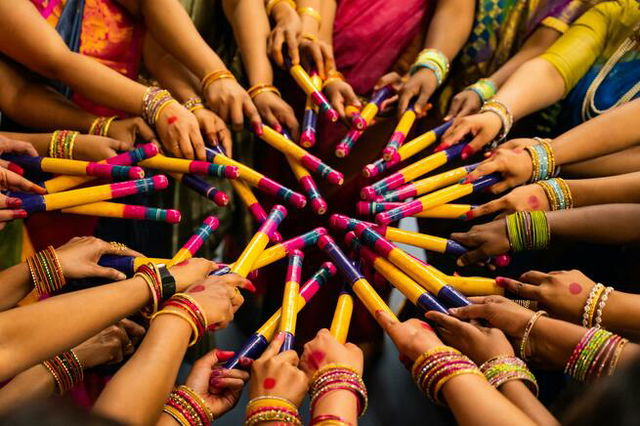
West Bengal
This time is the celebration of the biggest festival of Bengalis- Durga Puja. The streets are crowded, beautiful big pandals are set up, people munch on delicious street food, don traditional attire and much more.

Read Durga Puja to know more.
Maharashtra
Similar to Gujarat, Navratri Utsav is celebrated with much vigour in Maharashtra. People here wear different coloured clothes on different days of Navratri to signify each form of Maa Durga. The festival also witnesses a fervour for Garba and Dandiya Raas, with people dancing the nights away in colourful attire.
Kerala
Navratri is also celebrated with much vigour in Kerala. People worship Goddess Shakti. However, Goddess Saraswati was worshipped during the last three days of Navratri (Durgashtami, Mahanavami and Vijayadashami). Maa Saraswati is the goddess of knowledge, wisdom, music and arts.
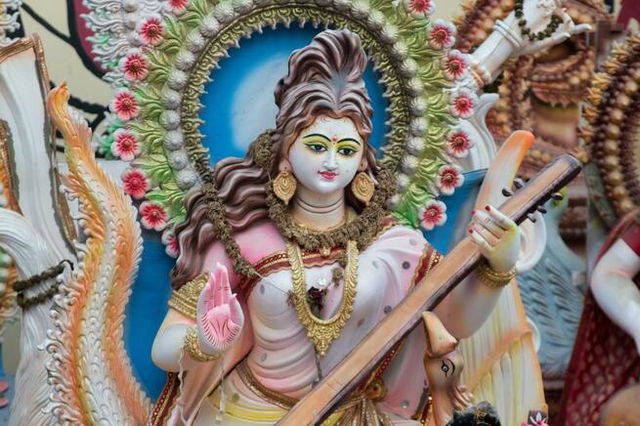
Rajasthan
Rajasthan bustles with excitement during Navratri. Jaipur is a must-visit city during Navratri because the famous Sheetla Mata mandir is present in Amer fort. Sheetla mata is a form of Maa Durga so she is worshipped during Navratri.
Many fairs or melas are also held in Rajasthan.
Andhra Pradesh and Telangana
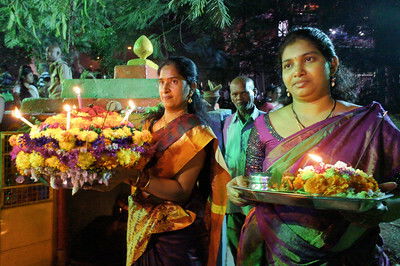
Navratri in Andhra Pradesh and Telangana is celebrated with great fervour, particularly through the iconic Bathukamma festival. It's a vibrant and colourful festival where women create beautiful flower arrangements, called Bathukamma, and offer prayers to Goddess Durga.
You Might Like to Read These Next:
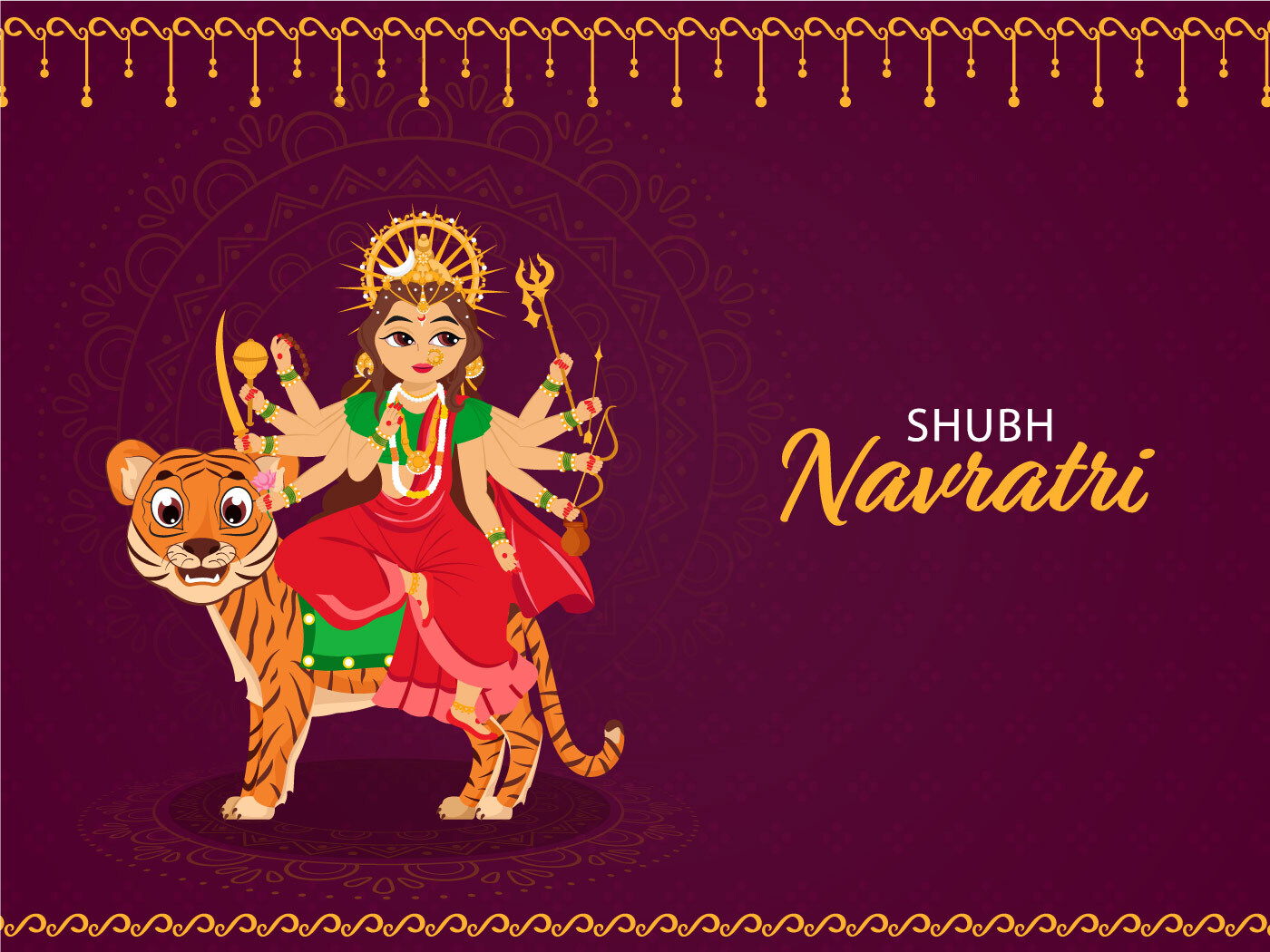
Other Celebrations
-
Oct 10 Fri
-
Oct 27 Mon

Navratri - Next years
Sunday, 11 October 2026
Thursday, 30 September 2027
Tuesday, 19 September 2028
